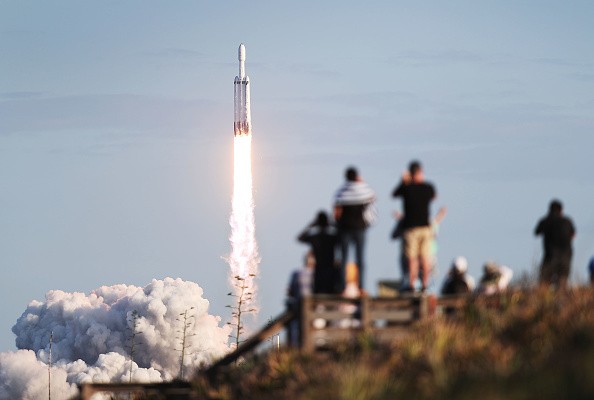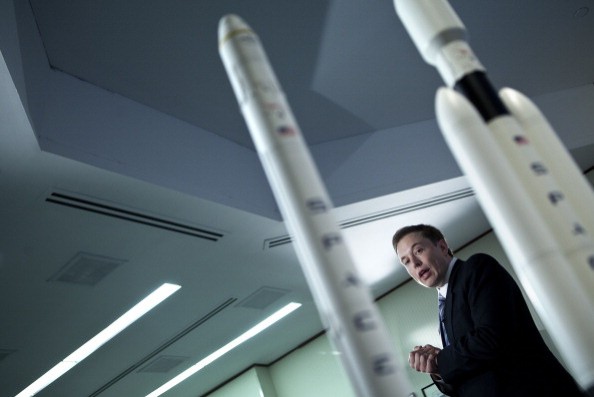FCC limited SpaceX's 2nd-Gen Starlink deployments.

Although the communications regulator approved the independent space agency's request, around 25% of the original number of units was only allowed.
Back in 2020, SpaceX asked FCC's permission to launch 29,988 second-gen Starlink sats.
After two years, the Federal Communications Commission finally approved this request.
"Our action will allow SpaceX to begin deployment of Gen 2 Starlink," said FCC.
However, FCC said that SpaceX could only operate and launch 7,500 of its Gen2 Starlink satellites.
Officials added that these CubeSats should be at altitudes of 525 km, 530 km, and 535 km.
FCC Limits SpaceX 2nd-Gen Starlink Satellite Deployment
According to Engadget's latest report, FCC allowed the deployment of Gen2 Starlink satellites since it will enable SpaceX to provide internet access, especially in underserved locations.

But, limiting the deployed satellites should still be done. FCC explained that reducing the internet sat launches will address space safety and orbital debris concerns.
The communications regulator added that it limited Gen2 Starlink satellite deployments to maintain a safe space environment, as reported by CNBC.
Aside from this, FCC also wants to ensure that other satellites and terrestrial operators are protected from harmful interferences.
As of writing, over 3,200 Starlink satellites are orbiting outside Earth. But, this number is expected to increase once SpaceX starts deploying its Gen2 models.
Why Too Much Satellites is Bad
Space.Com reported that too many satellites could have various negative effects in space, as well as on Earth.
One of the major reasons why satellite launches are regulated is the worsening space debris problem.
Aside from this, here are other issues that can happen if there are too many satellites in space:
- Satellites that need to re-enter Earth could damage the ozone layer.
- Artificial megaconstellations could increase the risk of satellite collisions.
These are just some of the harmful effects of satellites. You can click this link to learn more about them.
Of course, internet satellites are also beneficial.
Recently, SpaceX's Starlink satellites were integrated into RVs and other moving vehicles.
SpaceX also decided to start its Starlink Antarctica expansion.
For more news updates about Starlink and other internet satellites, keep your tabs open here at TechTimes.
Related Article: SpaceX's Starlink Introduces 1TB Data Cap for Satellite Internet - Slower Speeds Beyond That?
ⓒ 2026 TECHTIMES.com All rights reserved. Do not reproduce without permission.




